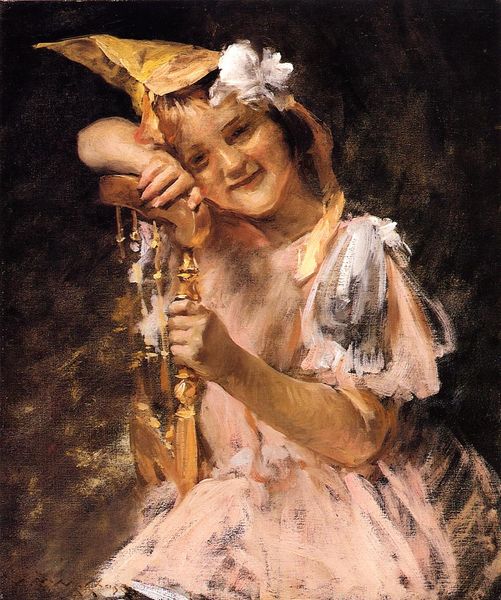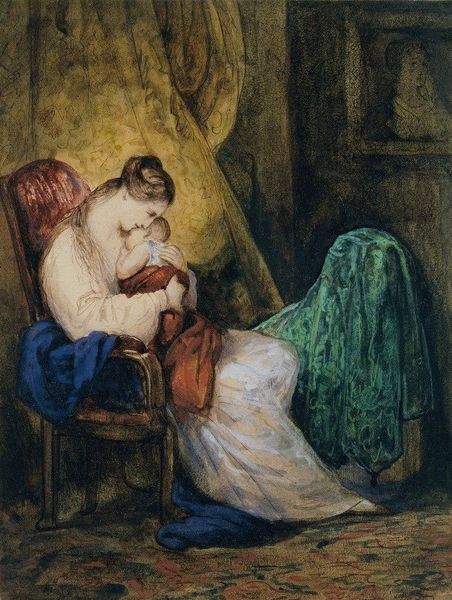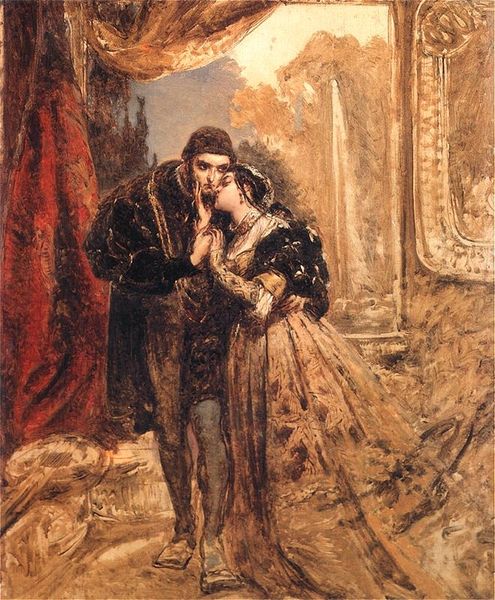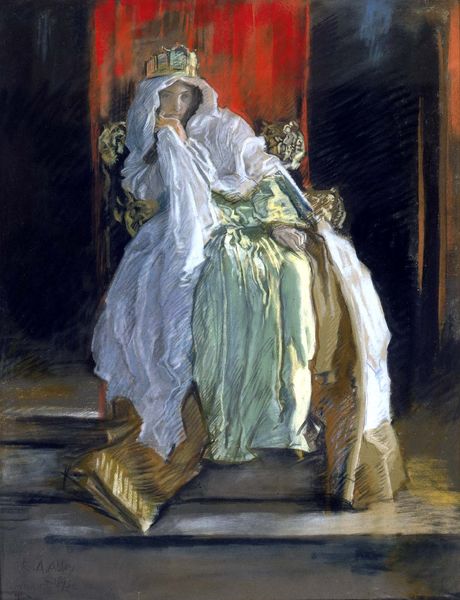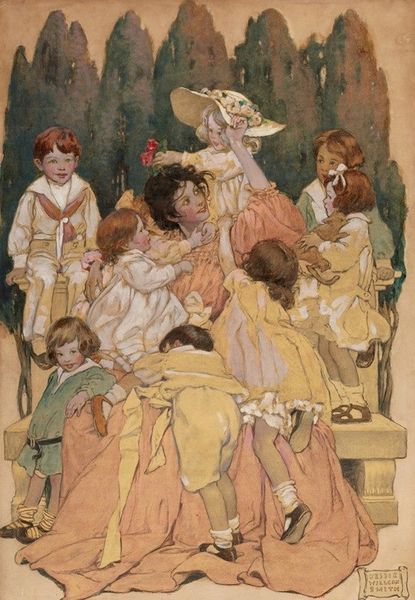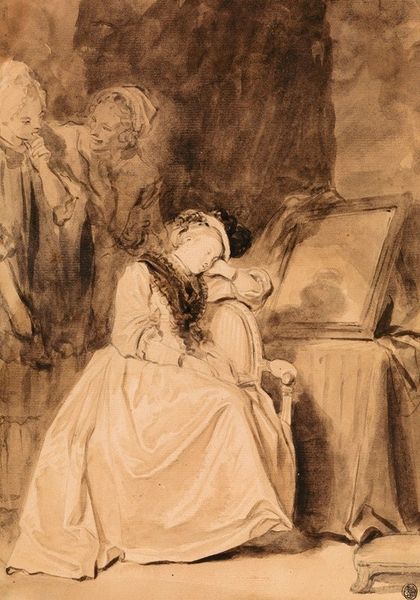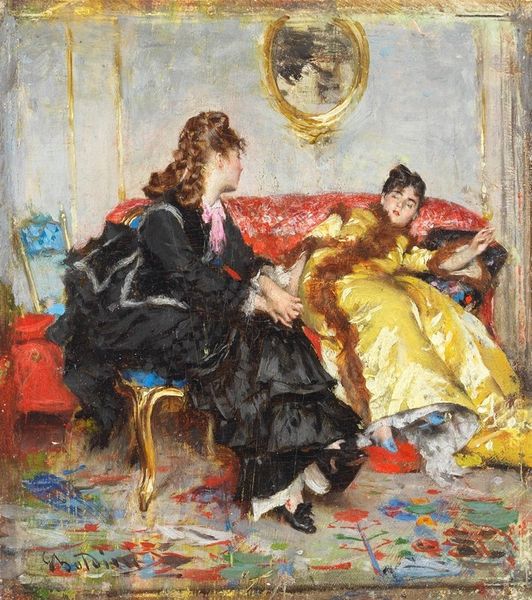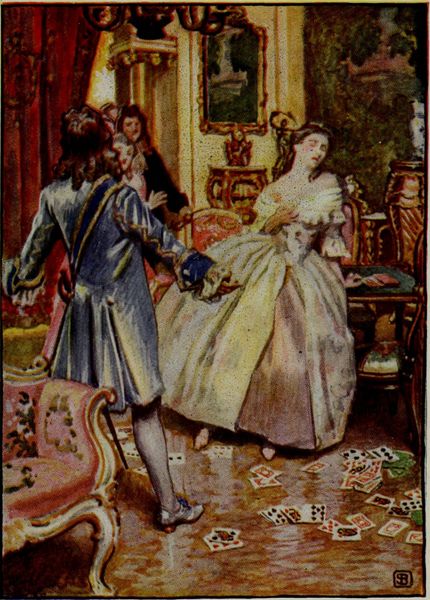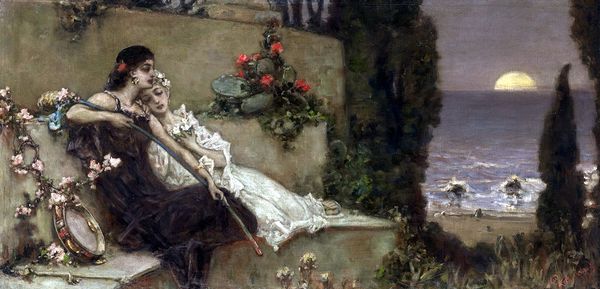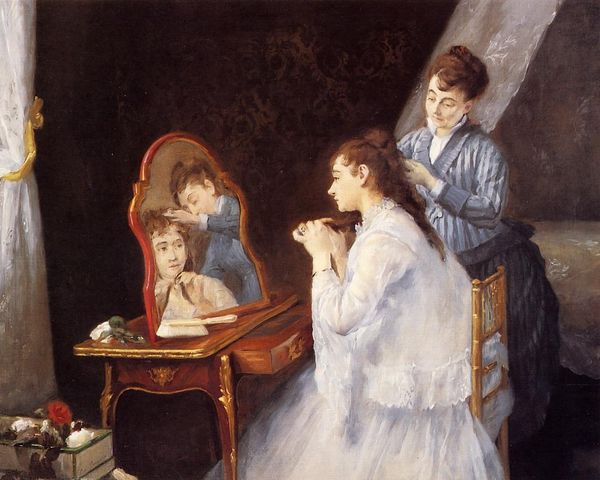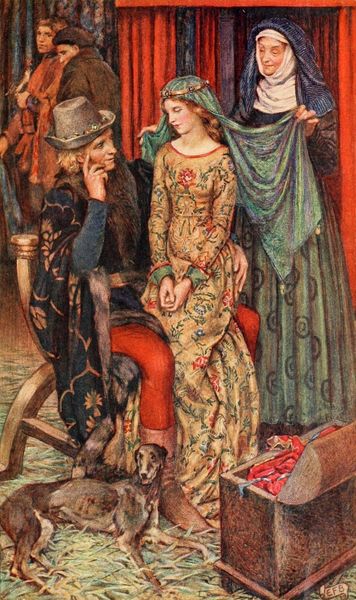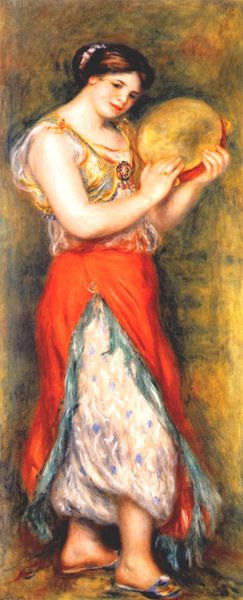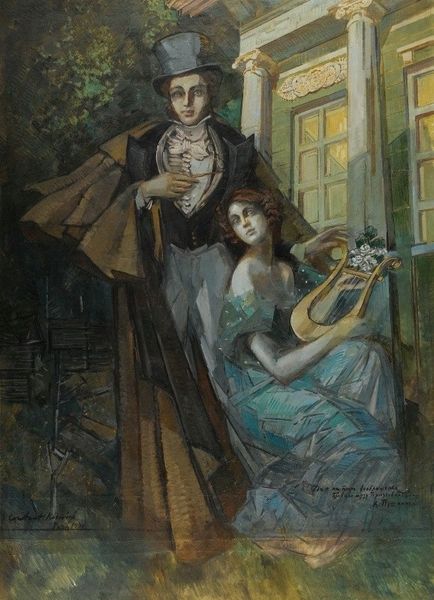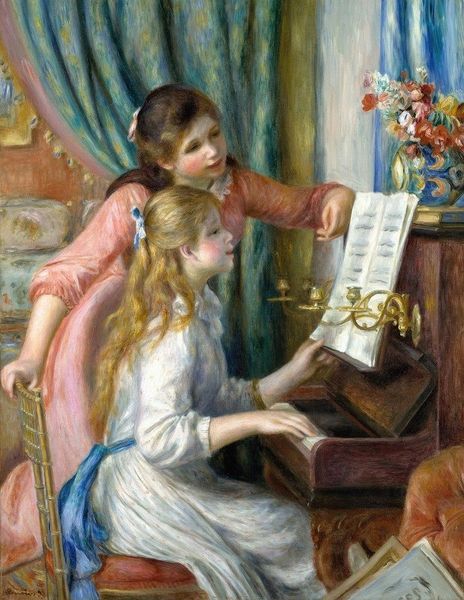
#
gouache
#
allegories
#
acrylic
#
abstract painting
#
symbol
#
possibly oil pastel
#
oil painting
#
neo expressionist
#
acrylic on canvas
#
underpainting
#
painting painterly
#
lady
#
watercolor
Dimensions: 181 x 125 cm
Copyright: Public domain
Francisco Goya painted this oil on canvas, Time of the Old Women, a stark portrayal of aging and vanity. Here, the dominant symbol is the mirror, or its absence. One of the figures holds a placard asking "Que tal?" -- How's it going? -- suggesting a desperate need for validation of fading beauty. The mirror motif echoes throughout art history, from classical myths like Narcissus to Renaissance vanitas paintings. But here, Goya twists the trope. There is no reflection, only the grim reality of decay. Notice the figure of Time lurking behind, a stark reminder of mortality, wielding a broom – a symbol that has traversed centuries, from folklore's witches to emblems of cleansing. The broom, like a collective memory, carries various connotations, signifying both domesticity and expulsion. Goya presents its darker aspect, sweeping away youth and beauty. This image is a visceral, psychological drama, engaging our subconscious fears of aging and oblivion. The symbol has resurfaced, evolved, and taken on new meanings in different historical contexts, and we must reflect on its cyclical progression.
Comments
No comments
Be the first to comment and join the conversation on the ultimate creative platform.
